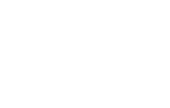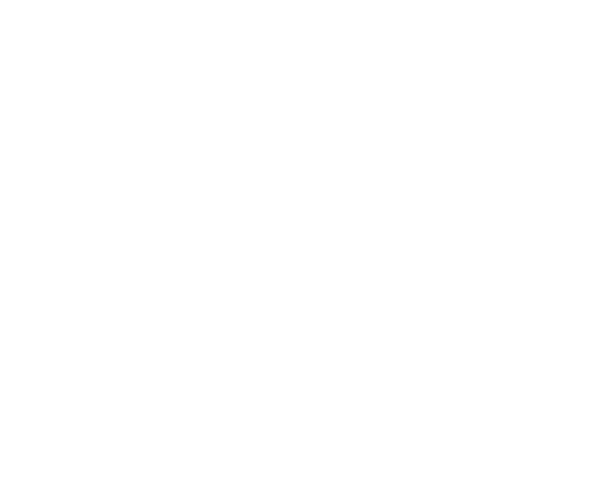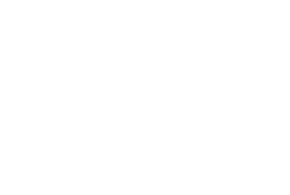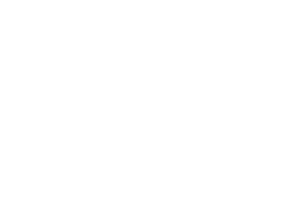 |
 |
 |

|
One-handled cup signed by Ennion
Roman, blown in a five-part mold, 1st half of 1st century A.D.
From Cuora, near Adria, Italy
Museo Archeologico Nazionale di Adria, Italy
and
Two-handled cup signed by Ennion
Roman, blown in a four-part mold, 1st half of 1st century A.D.
From Cuora, near Adria, Italy
Museo Archeologico Nazionale di Adria, Italy
|
|
 |
ENNION: MASTER OF ROMAN GLASS
9/12/2014-13/4/2015
Exhibition location: Greek and Roman Special Exhibition Gallery, Gallery 172
Glassmaking originated around 2500 B.C. in Mesopotamia, and by the mid-first millennium B.C. it had spread throughout the ancient world. The number of artifacts and vessels made from glass remained limited, however, until the introduction of two important technical advances—the use of the blowpipe and closed multipart molds—in the late first century B.C. and the early first century A.D., respectively. These advances revolutionized the glass industry under the Roman Empire, and some vessels—or fragments of vessels—from this period already bear the names of the glassmakers, who “signed” their molds.
|

|
Posted 18 November 2014
|
Share this:
|
|
Ennion made the most outstanding Roman mold-blown glass in the early first century A.D. and products of his workshop are the focus of the exhibition Ennion: Master of Roman Glass, opening December 9 at The Metropolitan Museum of Art. This is the first exhibition of ancient glass organized by the Metropolitan, which has one of the finest collections of this material in the world.
|
|
|
|
|
|
|

Bowl signed by Ennion
Roman, blown in four-part mold, 1st half of 1st century A.D.
Said to be from Sidon, Lebanon
Chrysler Museum of Art, Norfolk, Virginia, Gift of Walter P. Chrysler, Jr.
|
|
|
|
|

|

|

|

Two-handled cup signed by Ennion
Roman, blown in a four-part mold, 1st half of 1st century A.D.
Said to be from an ancient cemetery at Caresana, Vercelli
Museo di Antichità, Turin, Italy
|
|
Glassware—primarily jugs and cups—signed by Ennion was traded over a vast area that spanned the entire Mediterranean world and has been found in archaeological digs from Israel to Spain. Of the 37 complete or fragmentary vessels in the exhibition, 24 are by Ennion, including the Metropolitan Museum’s three signed pieces. Examples by other named glassmakers of the period—including the only two intact works by Ennion’s closest rival, Aristeas, as well as beakers signed by Jason, Neikais, and Meges—will also be presented. A selection of unsigned blown glass that illustrates Ennion’s profound influence on the nascent Roman glass industry will also be on view, including 12 examples of Roman glass from the permanent collection of the Metropolitan Museum.
|
|
|

|

|

|

|

|
|
|
One-handled jug signed by Ennion
Roman, blown in a four-part mold, 1st half of 1st century A.D.
Unknown provenance, but said to have been acquired from a collection near Naples, Italy
The Corning Museum of Glass, Corning, New York
|
|
|
|
|
Two-handled jug (amphora) signed by Ennion
Roman, blown in a four-part mold, 1st half of 1st century A.D.
Shlomo Moussaieff Collection
Photograph: Ardon Bar-Hama
|
|
|
|
|
Hexagonal flask (amphoriskos) signed by Ennion
Roman, blown in a four-part mold, 1st half of 1st century A.D.
Said to be from Potamia, near Golgoi, Cyprus
The Metropolitan Museum of Art, Gift of Henry G. Marquand, 1881 (81.10.224)
Image: © The Metropolitan Museum of Art, New York
|
|
|
|

|

|

|
The exhibition features works from museums and private collections in Europe, Israel, and the United States. Lenders to the exhibition are The Corning Museum of Glass; Israel Antiquities Authority and the Israel Museum, Jerusalem; Eretz Israel Museum, Tel Aviv; The British Museum; the Louvre; Museo di Antichità, Turin; Musei Civici, Pavia; Museo Archeologico Nazionale di Adria; Yale University Art Gallery; Newark Museum; Chrysler Museum of Art, Norfolk, Virginia; Shlomo Moussaieff Collection, Israel; Yunwai Lou Collection, New York; and the Strada Collection, Scaldasole.
|
|

One-handled jug signed by Ennion
Roman, blown in a four-part mold, 1st half of 1st century A.D.
Said to have been brought from Constantinople
The Metropolitan Museum of Art, Gift of J. Pierpont Morgan, 1917 (17.194.226)
Image: © The Metropolitan Museum of Art, New York
|
|
|

|

|

|

|

|
|
|
Two-handled cup signed by Ennion
Roman, blown in a four-part mold, 1st half of 1st century A.D.
Probably from Adria, Italy
The Corning Museum of Glass, Corning, New York
|
|
|
|
|
Two-handled cup signed by Ennion
Roman, blown in a three-part mold, 1st half of 1st century A.D.
Shlomo Moussaieff Collection
Photograph: Ardon Bar-Hama
|
|
|
|
|
Two-handled cup signed by Ennion
Roman, blown in a four-part mold, 1st half of 1st century A.D.
Said to have been bought in Venice and possibly found in Adria
The Metropolitan Museum of Art, Gift of J. Pierpont Morgan, 1917 (17.194.225)
Image: © The Metropolitan Museum of Art, New York
|
|
|
|
|
|
USA
NEW YORK
The Metropolitan Museum of Art
1000 Fifth Avenue
New York, New York 10028-0198
+1 (212) 535-7710
www.metmuseum.org
|
|
|
|
|
|
|


